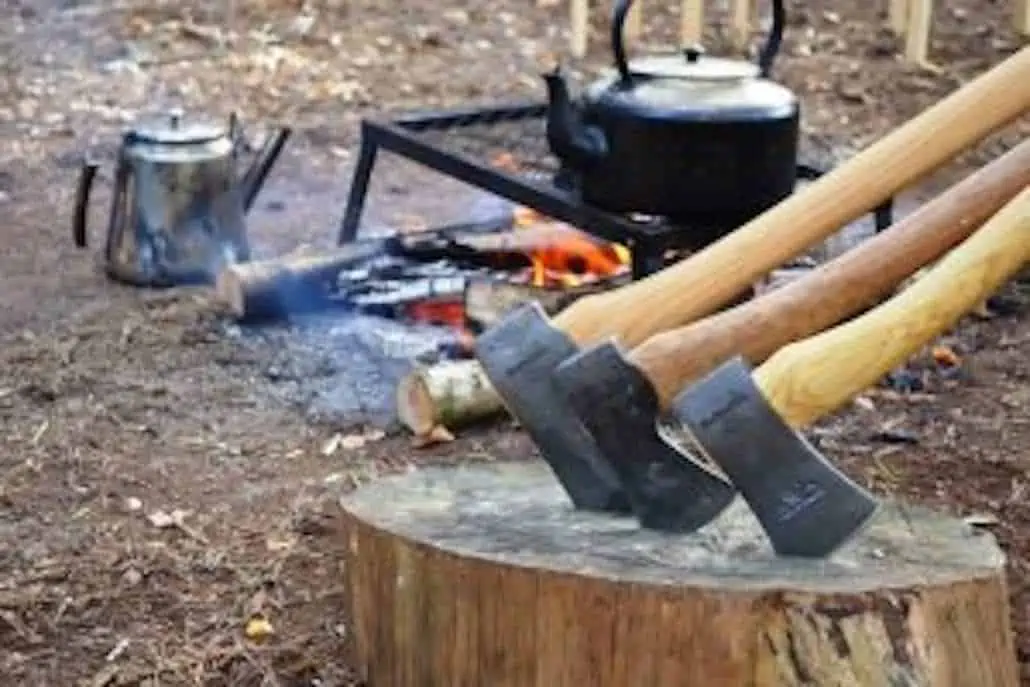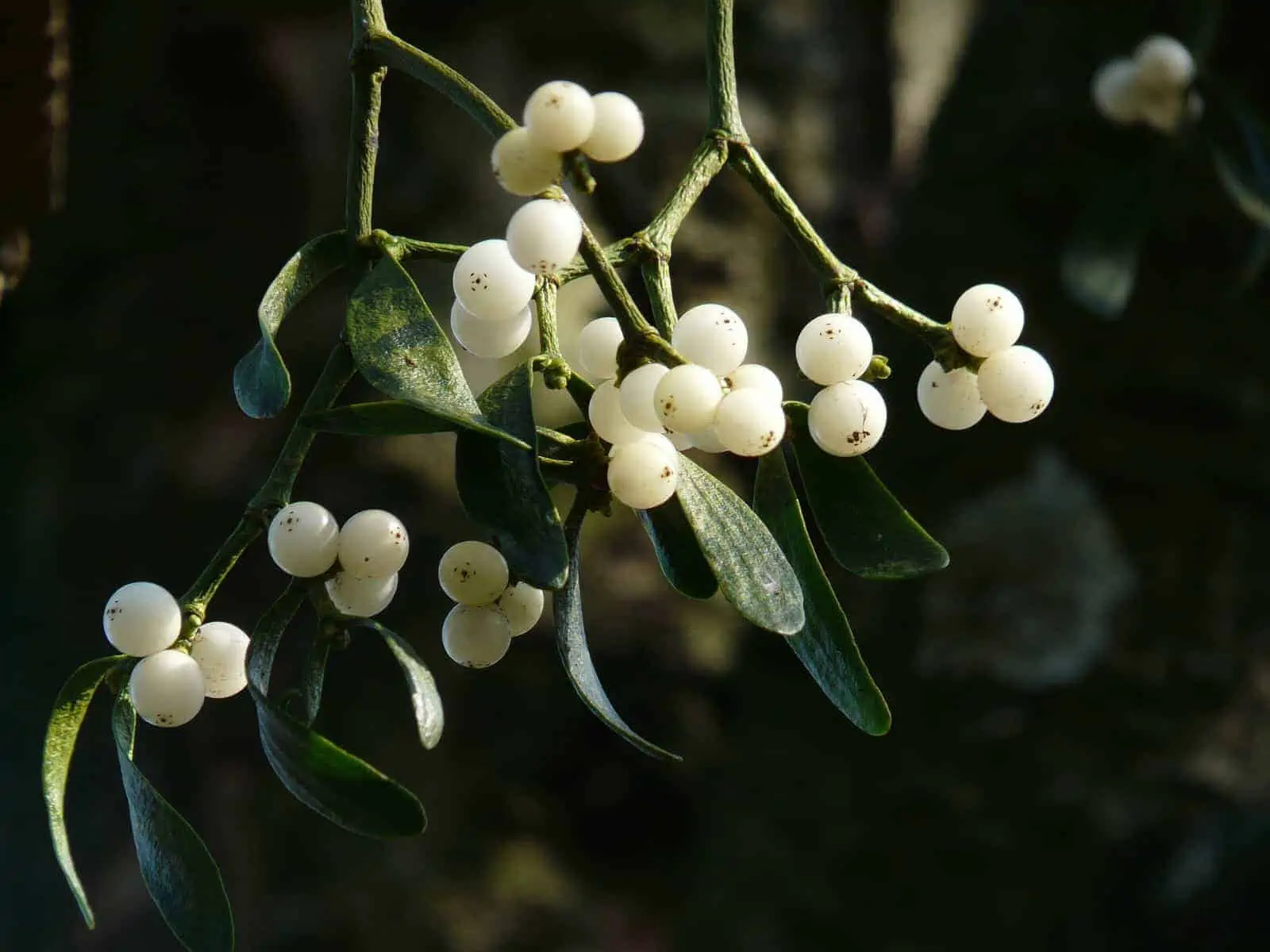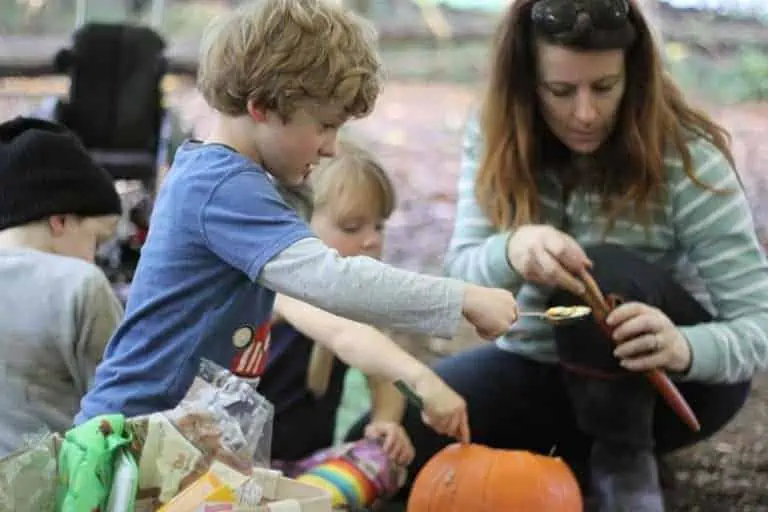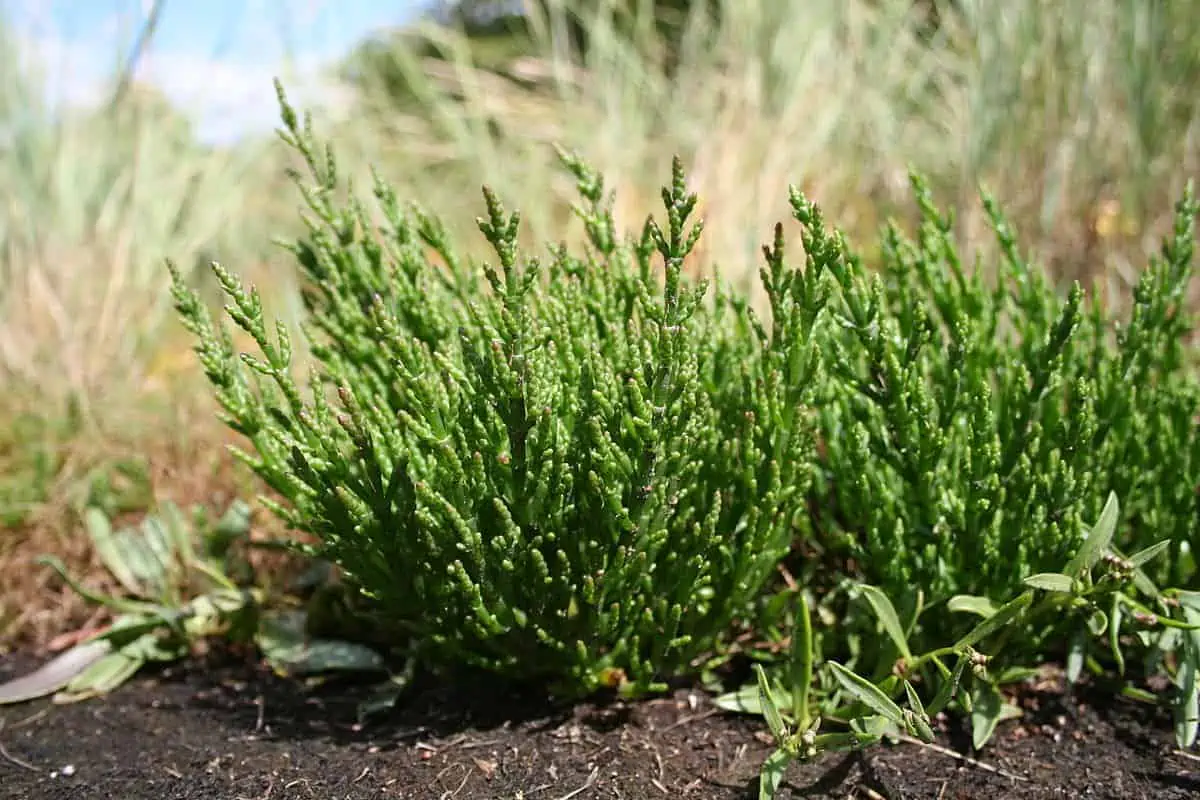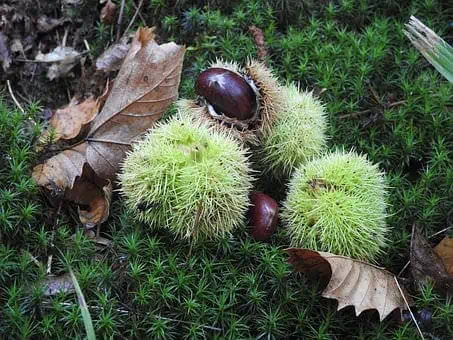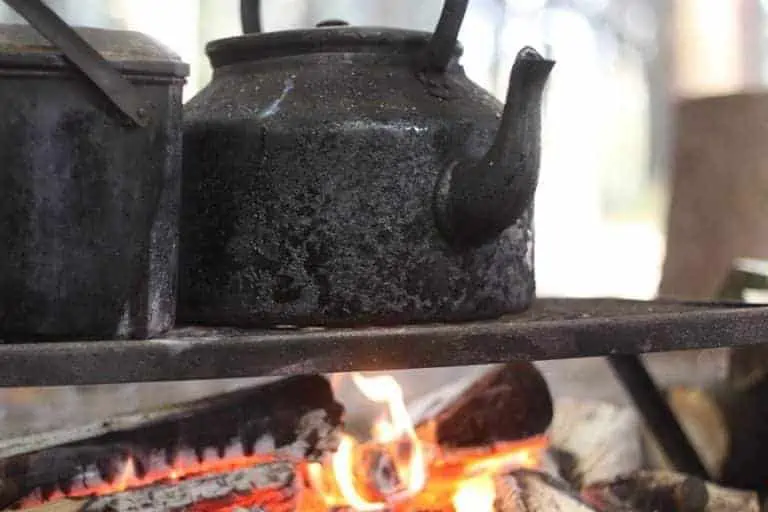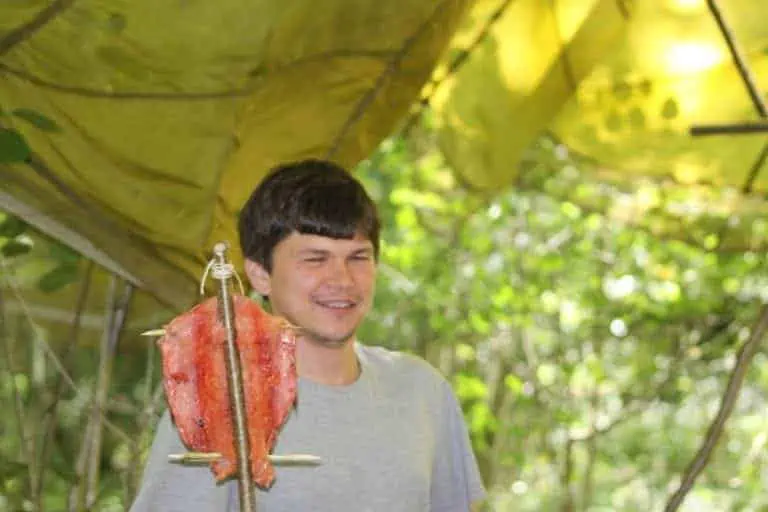Foraging for All the Family
Foraging for All the Family
Bushcraft is something that is open to all the family, and foraging is a great place to introduce bushcraft skills to younger children. Remember the golden rule of foraging though – NEVER EAT ANYTHING UNLESS YOU’VE POSITIVELY IDENTIFIED IT AS SAFE. This rule needs to be stressed even more if you’re introducing children to foraging, driving home the importance not to eat anything unless they’ve shown it to an adult first.
As always, feel free to read the whole blog or skip to the section that interests you the most.
- Legalities of foraging in the UK
- Foraging as a family
- How to get children involved in foraging
- How to get children involved in foraging
- Further information
Read on to learn more about foraging for all the family.

Legalities of foraging in the UK
First, we’re going to take a look at the legalities and ethics behind foraging in the United Kingdom.
Foraging in England, Wales, and Northern Ireland
Foraging in England, Wales and Northern Ireland is governed by a set of laws and also ethics. Provided that the food you are foraging is not on private land and therefore you’re not trespassing, then you can forage food provided that it is not for commercial purposes. The Theft Act of 1968 states, “A person who picks mushrooms growing wild on any land, or who picks flowers, fruit or foliage from a plant growing wild on any land, does not (although not in possession of the land) steal what he picks, unless he does it for reward or for sale or other commercial purposes.”
However, the Wildlife and Countryside Act of 1981 states that it is illegal to uproot plants without the land owner’s permission. It is also illegal to forage and uproot plants in areas of special scientific interest.
Foraging in Scotland
The legalities around foraging in Scotland are covered by the outdoor access code. Like England, Wales and Ireland though it is illegal to forage on sites of special scientific interest. For more information please see the Scottish outdoor access code, this is also a great resource for understanding the legalities surrounding wild camping.
That’s the legalities out of the way.
Learn how to make natural cordage, light a fire, build a shelter and much more on our weekend bushcraft course.
Click here to learn more.
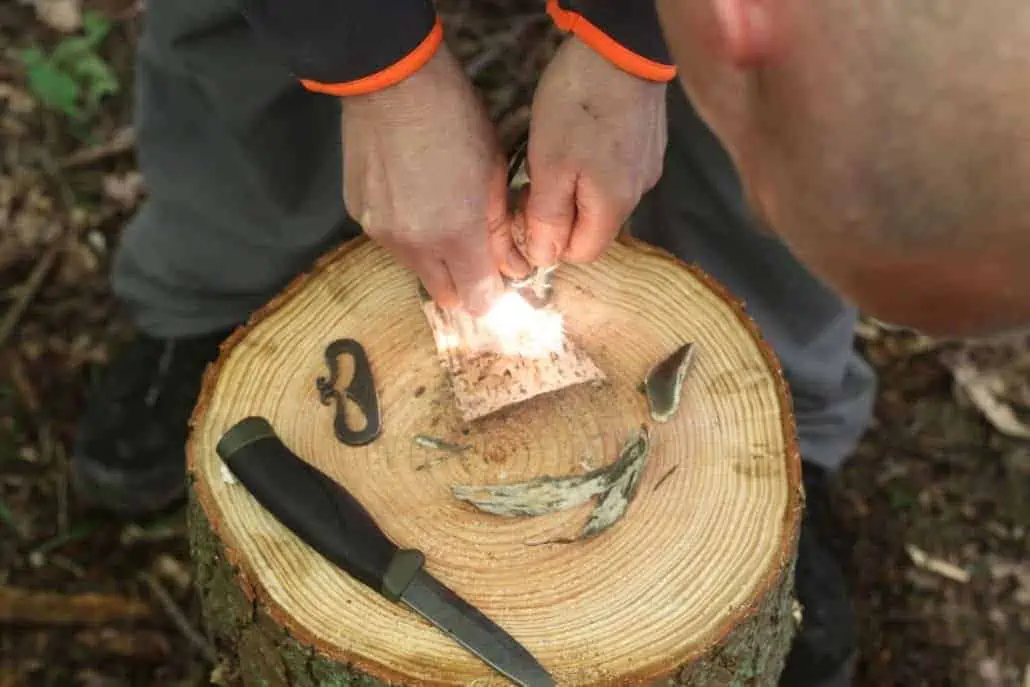
Foraging as a family
Foraging as a family is not only a fantastic activity, getting you outside and into the fresh air. Like many bushcraft skills, it can give you and your family a wider understanding of, and a deeper connection to, nature. Foraging as a family begins with…
Understanding the foods available to forage
The ability to forage for food as a family (even on a minor scale) is based upon the foods available. This, of course, is dictated by the area in which you live. To begin understanding the foods available for you to forage in the UK it is worth asking around, looking for foraging groups that might be available or purchasing a guidebook. The Woodland Trust also has an excellent online section about foraging – find out more here. We will look at the types of food available to forage later but first…
A word of warning on children and foraging
It’s great to get children involved in foraging but, it goes without saying, that you make it absolutely clear that they are not to eat anything that has not been identified as edible by an adult.
Choosing a spot to forage
The spot that you choose to forage in will largely be dictated by two factors – what land is available for your use and what type of food are you hoping to find? The latter will, of course, be largely driven by the season.
In terms of land, some of the best places to forage in the UK are in hedgerows and woodland, luckily enough most of us are not too far away from either.
Commonly available UK food for foraging
At this time of year in the UK, the earth is starting to shake off winter and the first signs of spring are emerging. What follows is obviously not an exhaustive list of foragables in the UK at this time of year but rather a highlight of some of the most commonly found spring plants.
Dandelion (Taraxacum officinale)
Dandelions are very commonly found throughout the UK. What most people don’t realise is that they are edible. The plant (all of it) can be eaten raw or cooked and make an excellent addition to salads.
Nettles (Urtica dioica)
Stinging nettles might be one of the UK’s most prevalent plants. While they are well known for stinging the unaware they also make good tea. Make sure that you wear gloves when picking them and aim to pick the tips, these are the tastiest bits.
Children and foraging
Here are a few top tips on how to get children involved in foraging. Remember though that children must understand not to eat anything that has not been identified as safe by an adult. With that in mind here are our tips…
Build an understanding of where food comes from
At the basis of foraging is a close connection with where our food comes from. It’s important for children to understand this harmony with the wild and the fact that salad doesn’t naturally come pre-washed and bagged.
This understanding will not only help children overcome any worries that they might have about eating food, identified as safe, but it will also teach a respect of nature. After all, bushcraft at its heart is about being in harmony with nature.
Get the books out
Like most things in life, foraging is best learned with a mixture of theory and practical knowledge. Get the books out with your children and run through the pictures together of edible plants that you are likely to encounter out in the wild. Run through the key features of these plants, what distinguishes them from surrounding plants and any similarities that they may share with inedible plants that you might also find.
Incorporate wild foods into everyday life
Foraging doesn’t have to be about being totally self-sufficient, it’s highly debatable whether that is even possible in the UK. Rather, it can be about incorporating wild foods into everyday foods. Go out and see what you can find that can be incorporated into a salad or stir-fry at home. By adding in wild foods to those that you are eating at home you help to break down the barrier between foods that children might consider ‘wild’ and those they consider ‘normal’.
Further information
Here’s some more information for people that are looking to get into foraging as a family.
Our recommended book
Written by Wildway Bushcraft founder and director John Boe along with Owen Senior, Bushcraft – A Family Guide and Adventure in the Great Outdoors is a great resource for families looking to get, not only into foraging but also into bushcraft.
Other blogs that you might like
To learn more about foraging check out:
- Foraging on Scotland’s rivers – Learn how to forage along Scotland’s rivers in this blog post.
- How to Source and Purify Water – Purifying water is a key bushcraft skill, learn more here.
- How to Cook for the Camp: An Intro to Eating Well Outdoors – learn how to organise your camp and cook over a campfire in this blog post.


